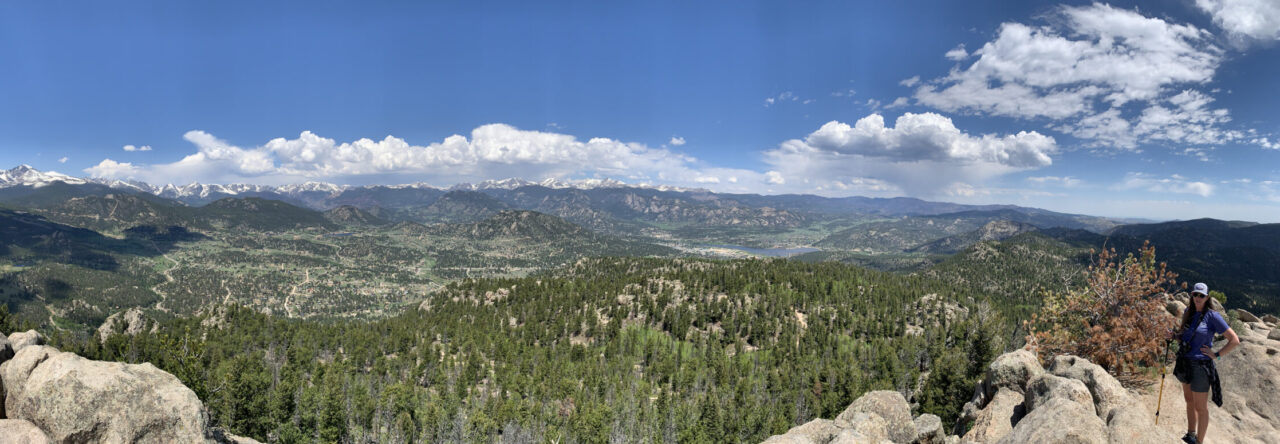I
mentioned earlier that I’m teaching an upcoming Photoshop course at work. I’m not an expert but I can make my way around the tool. I’m going to start sharing my class in pieces. I’ve been doing research throughout my planning to make sure I’m calling things by their proper names (most of the time) and not telling any bold-faced lies.
One basic element of Photoshop is the toolbar. I’ve been using Photoshop for more than 10 years now and, despite updates in newer versions, the toolbar retains the same basic elements in each version. While looking up the name of each item to make sure what I called it was legit (healing brush tool versus Band-Aid tool), I made an important discovery that seems so obvious now.
When you scroll over the items in your toolbar, their name pops up. It’s a great way to double check that what you are selecting is indeed the thing you were going for. What also pops up is a letter in parentheses. This letter is the shortcut for selecting the tool. All you need to do is select the letter (as long as you’re not using the Type Tool) and voila! your tool is selected.
I am in love with keyboard shortcuts so this has sort of blown my mind.
Below is a screenshot of my toolbar (from CS5) along with labels and explanations.
For each of the items that has a small black triangle next to it, you can click on the triangle to find other variations of that tool. For the tools above, their functions are as follows:
- Rectangular Marquee Tool – Select part of your image, in the shape of a rectangle
- Lasso Tool – A free form selection tool that allows you to select parts of your image in whatever shape
- Crop Tool – Crop your image to your desired size and shape
- Healing Brush Tool – Similar to the Clone Stamp, the Healing Brush allows you to copy pixels from one part of your image and smartly repair other parts
- Clone Stamp Tool – Copy parts of your image over the top of others
- Eraser Tool – Erase parts of your image
- Smudge Tool – Smudge the pixels on part of your image to blur out imperfections or lines
- Pen Tool – Use your mouse to draw or write on your image as with a pen
- Path Selection Tool – I don’t use this nor do I have any idea what it really does so no explanation … sorry
- Object Rotate Tool – This is only for 3D images, which I don’t touch so no explanation … sorry
- Hand Tool – Manually move your image so you can work on different areas
- Set Foreground Color – Select a color to be working with for type of the paintbrush; the foreground color is the active color
- Move Tool – Move your image or parts of your image
- Magic Wand Tool – A selection tool that lets you choose parts of your image based on color
- Eyedropper Tool – Select the exact color from an image by clicking on it with the eyedropper
- Brush Tool – “Paint” on or add color to your image
- History Brush Tool – Works similarly to the Undo option in many programs such as Microsoft WordWord
- Gradient Tool – Create a gradient of two colors (foreground and background colors) across your canvas
- Dodge Tool – Lighten an area on your image
- Horizontal Type Tool – Add text to your image
- Rounded Rectangle Tool – Draw shapes on your image
- Camera Rotate Tool – This is only for 3D images, which I don’t touch so no explanation … sorry
- Zoom Tool – Enlarge your view of your image
- Set Background Color –The background color won’t be used as frequently but, for instance, if you expand your canvas size, the background color will be the background color of your canvas
See something you disagree with or think is just plain wrong? Tell me! Seriously – I want to know.























